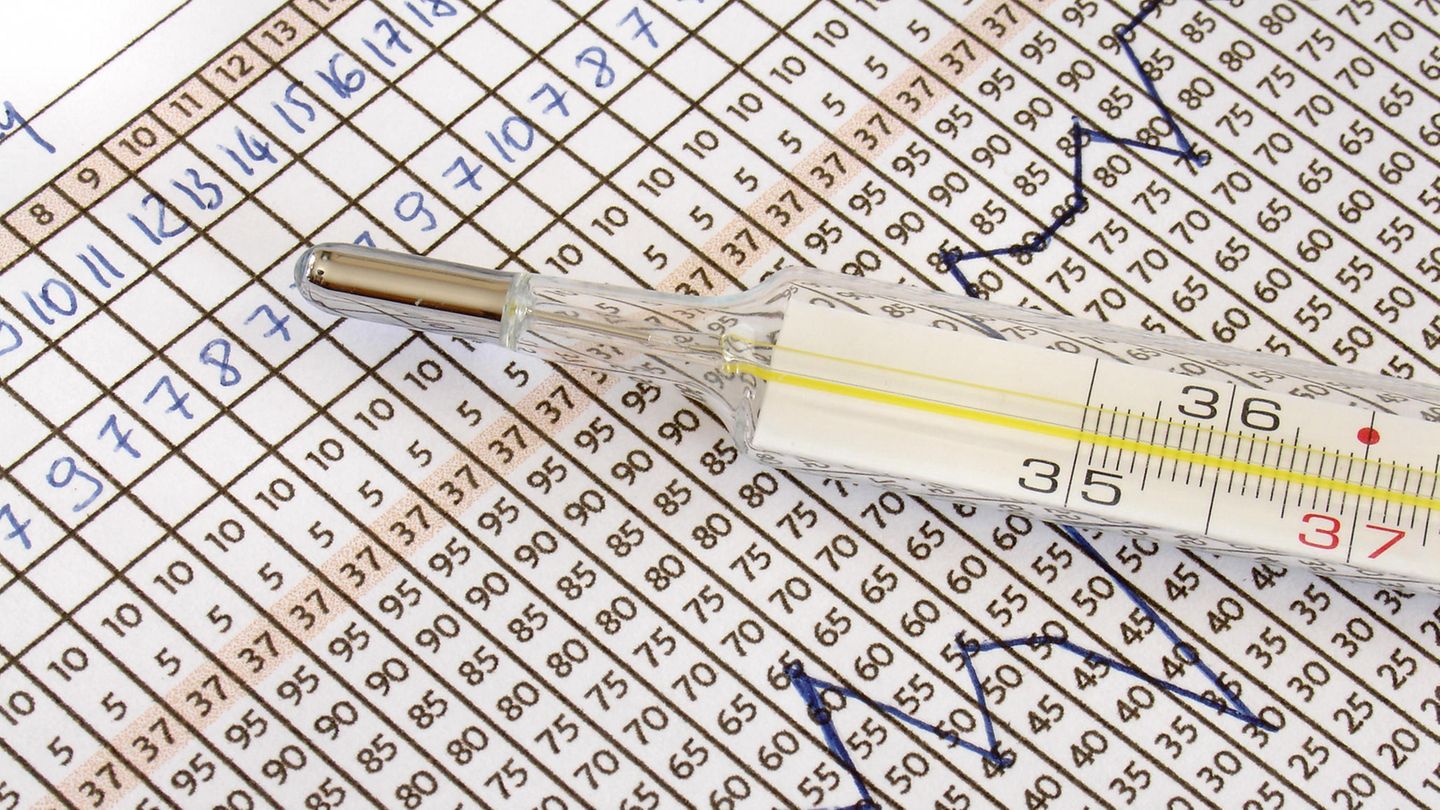The blue dollar shot up and jumped $23, up to $552, this Monday, when reached a new record value and, after a month and a half, the gap with the official was back to around 100%. In just four consecutive days, it climbed $32 and this last daily climb came after the measures announced by the Government this weekend became effective and that it took effect on this first day of the week in the Official Gazette. That is why one of the big unknowns is whether the rise responds to those decisions or what motives drive it.
Let us remember that the regulations implemented provide for the implementation of a new exchange rate for grain exporters and regional economies and the application of the country tax for different dollars in different proportions (which impacts imports, solidarity and card purchases). And some analysts point out that, as it is a “de facto devaluation”, it is logical that the illegal dollar.
The demand for dollars puts pressure on the blue
“He Dolar blue is rising because the officer and thrift they’ve gone up because of taxes, but it reads like a devaluation. Also, when exchange rates rise, there is more demand because it is not known what will happen and uncertainty drives the Dollar purchase”, says the economist of Grupo Broda Elena Alonso in this regard in dialogue with Ámbito.
Consequently, Gustavo Quintana, from PR Operadores de Cambio, points out that it is a fact that the causes that justified the dollarization process are still in force, despite the new measures. “They are just one covert devaluation, without altering the structural conditions of the economy and without generating expectations of low inflation”, he observes. And he assures that, if the alternative dollars rise (tourists, savings, etc.), there are not many reasons for the blue to fall significantly.
The economist Christian Buteler opines in the same sense when he maintains that “what was announced yesterday is a devaluation of the effective dollar in some way”, but also points out that and, on the other hand, a rapprochement with the International Monetary Fund (IMF) was announced, but warns that it still does not imply a disbursement of dollars and that this is an element that affects the exchange rate dynamics.
BCRA reserves, in critical condition
“Actually, they’re going to have to pay the IMF this weekend and The reserves will end the month with around US$20,000 million”, points out the analyst. In this way, the delicate situation of the reserves of the Central Bank (BCRA) is another of the elements that affect the dynamics of the illegal dollar.
Thus, as Salvador Vitelli, from Romano Goup, points out, everything would indicate that, beyond the advertisements, “the macro fundamentals have not been resolved.” And it is that he considers that, although rapprochement with the IMF is a good step“even without details, it generates nervousness, since it is not clear what we will be agreeing on and if the supply of foreign currency will increase (it would not be happening)”.
Also, remember that, towards the PASO, the trend is dollarizing and that, faced with more patches, the bill tends to offer coverage for many savers who use it as a refuge.
Blue dollar: volatility and devaluation pressure
However, we must not underestimate two more elements mentioned by the economist Pablo Ferrari, from the University of Avellaneda: the volatility typical of Dolar blue and the devaluation pressure from certain sectors.
“First of all, a few hours It is still too early to analyze whether this rise in the blue will be validated in the coming days. It must be remembered that, on more than one occasion, in the days following these peaks, the blue dollar tends to go down, ”he comments.
And secondly, remember that “this opaque and low volume market It is usually used to generate devaluation signals to induce purchases in the rest of the markets”. And he mentions, on the other hand, that, although an increase in the exchange rate was announced to exporters, “they are never satisfied.”
What’s coming for the dollar
Consequently, beyond the fact that the rise in the blue dollar occurs in a context in which the new government measures for exchange rates became known, Juan Alra, Portfolio Manager of Southern Trust mentions that “at this time there is no driver so clear due to the increase in the Blue, but rather it seems to be a general inertia, normal when exchange rate measures are taken”. It is also to be expected, according to Quintana, that “to the extent that the electoral process progresses, the tendency to dollarize will persist.”
Anyway, you have to wait a few days for the market to digest the effects probable of the announcements. This is warned by Alra, who assures that, going forward, we must be vigilant if the blue dollar remains at such high levels or ends up retracting a bit later. “You have to pay attention to the market, since this doubling of the exchange rate is leaving doubts about whether the official dollar will be devalued or not,” she concludes.
Source: Ambito
I am a 24-year-old writer and journalist who has been working in the news industry for the past two years. I write primarily about market news, so if you’re looking for insights into what’s going on in the stock market or economic indicators, you’ve come to the right place. I also dabble in writing articles on lifestyle trends and pop culture news.




